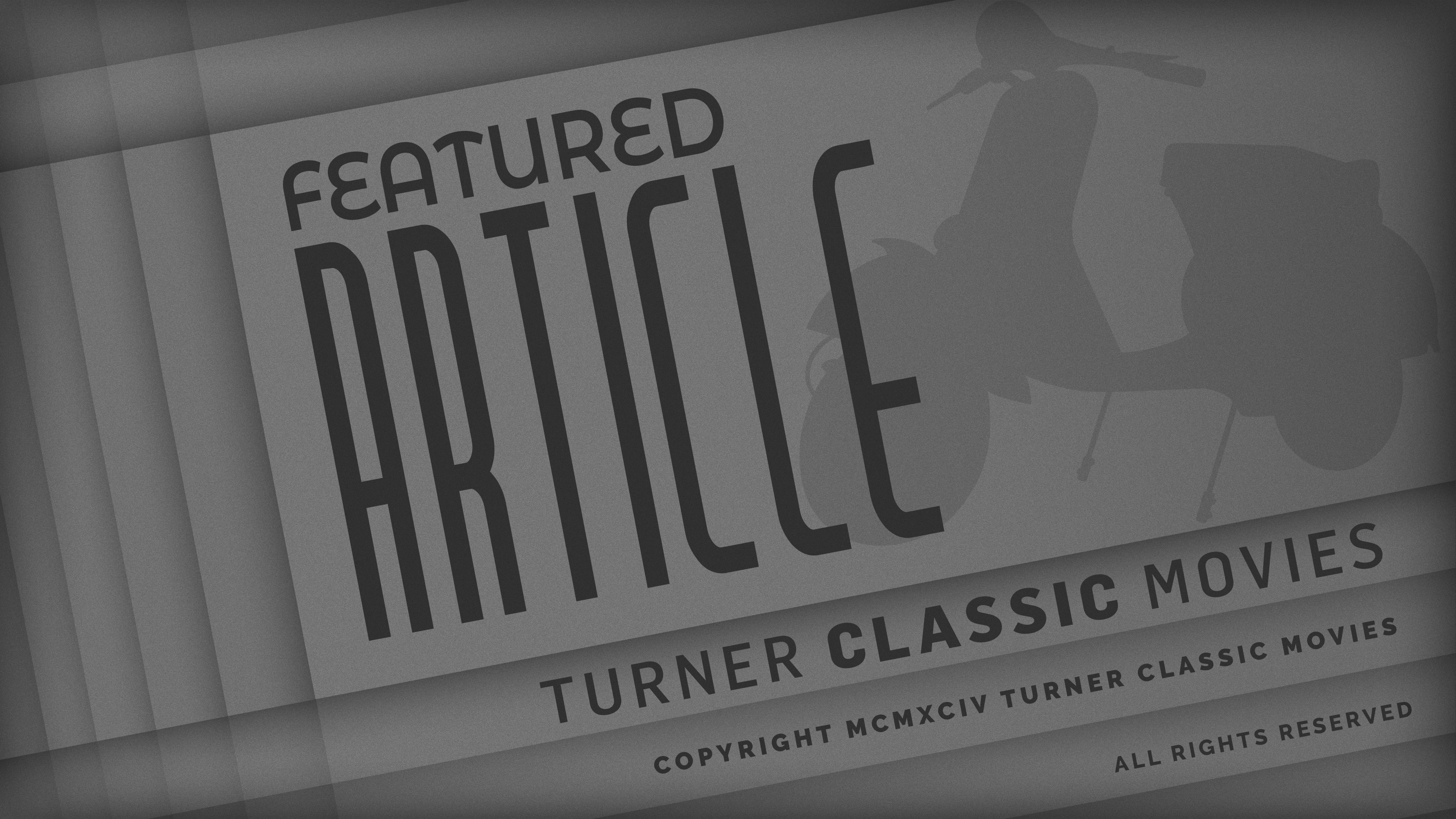Savage Pampas
Brief Synopsis
Cast & Crew
Hugo Fregonese
Robert Taylor
Marc Lawrence
Ron Randell
Ty Hardin
Rosenda Monteros
Film Details
Technical Specs

Synopsis
In the uncolonized pampas of Argentina in 1870, Captain Martin, the commanding officer of a lonely outpost, confronts the problem of an ever-increasing number of deserters. Behind the plot to decimate the army ranks is a renegade soldier, Padron, who is in league with hostile Indians. By offering each deserter a captive woman, Padron has succeeded in amassing a band of outlaws bent on attacking and plundering villages. Determined to defeat Padron at his own game, Captain Martin eventually persuades his superiors that the soldiers at the fort must be provided with female companionship. As a consequence, prostitutes are removed from prisons, granted a military escort, and forced to make the dangerous journey across the pampas to the fort. The soldiers, with a few exceptions, obey their instructions not to touch the women until they reach their destination. Once the women arrive at the fort, their presence not only bolsters morale but also brings about the return of some of the deserters. When his ranks have swelled to their original size, Captain Martin leads an attack on the Indians and the remaining rebels and restores peace to the pampas.

Director
Hugo Fregonese
Cast

Robert Taylor
Marc Lawrence

Ron Randell

Ty Hardin

Rosenda Monteros
Felicia Roc
Angel Del Pozo
Mario Lozano
Enrique Avila
Laura Granados
Milo Quesada
Hector Quiroga
Juan Carlos Galván
Charles Fawcett
Julio Peña
José Nieto
José Jaspe
José María Caffarel
Lucia Prado
Barta Barri
Pastora Ruiz
Sancho Gracia
Georges Rigaud
Isabel Pisano
Laya Raki
Crew
Manuel Berenguer
Angel Canizares
Roberto Carpio
Alfonso Carvajal
Juan Farsac
Hugo Fregonese
Antonia López
Alberto Masulli
John Melson
Gil Parrondo
Pablo Pérez
Ramón Plana
Jaime Prades
Marian Ribas
Waldo De Los Ríos
Julio Sempere
Juan Serra
Tony Tarruella

Film Details
Technical Specs

Articles
Savage Pampas
Lawrence J. Quirk wrote that director Hugo Fregonese (who also adapted the screenplay), "tried to inject as much excitement and action as possible. While the result was not superior filmmaking by any means, the film is not without its moments of tension and high drama. Fregonese also strove for depth and dimension in the characterizations. Taylor is far from the standard action hero in this; he is unshaven, rumpled, and treats his women with sexual directness. Yet his character is redeemed by a realistic compassion for the plight of some of his men, and the role as written and played does not depart essentially from the Taylor image of his later years the rough, direct man of action whose instincts are right and who proves a stout fighter when fighting is called for."
The soundtrack for the film was composed by Waldo de los Ríos, who would go on to create unique and evocative music for such cult films as The House That Screamed (1969) and Would You Kill a Child? (1976). According to the liner notes of the Savage Pampas CD released by the Singular label, the film "gave Waldo de los Ríos the chance to research and experiment with the origins of the "música criolla" and the folklore of Argentina, composing a great symphonic score with choral pieces and a special percussion section with strange instruments created by himself. The score had 63 tracks, but they had a poor sound, and were partly shortened. Fortunately, the composer prepared a brilliant album with 6 suites from the original recording, 47 minutes of music released on Hispavox only in Spain and Argentina."
Savage Pampas could not have been seen by Taylor as anything more than a paycheck and a trip to Spain. It was neither a big budget film nor a release by a major studio, and it was one of his final films. Always a heavy smoker, Taylor was diagnosed with lung cancer in 1968 and passed away a year later.
Producer: Jaime Prades; Samuel Bronston (uncredited)
Director: Hugo Fregonese
Screenplay: Hugo Fregonese, John Melson; Homero Manzi, Ulises Petit de Murat (novel)
Cinematography: Manuel Berenguer
Music: Waldo de los Rios
Film Editing: Juan Serra
Cast: Robert Taylor (Captain Martin), Ron Randell (Padron), Marc Lawrence (Sargent Barril), Ty Hardin (Miguel Carreras), Rosenda Monteros (Rucu), Del Pozo (Lt. Del Rio), Felicia Roc (Camila Ometio), Charles Fawcett (El Gato - Private), Henry Avila (Petizo), Jose Jaspe (Luis - Private), Julio Pena (Chicha - Private), Laya Raki (Mimi), Laura Granados (Carmen), Ingrid Ohlenschlager (The Old Woman), Jose Nieto (Gen. Chavez), Willie Ellie (Chief Winkon).
C-112m.
by Lorraine LoBianco
SOURCES:
Erickson, Hal The All Movie Guide
Quirk, Lawrence J. The Films of Robert Taylor
http://imdb.com
http://intrada.com

Savage Pampas
Quotes
Trivia
Notes
Location scenes filmed in Spain. Filmed in 70mm Super-Panorama. Opened in Madrid in April 1966 as Pampa salvaje; running time: 112 min. Remake of a 1945 Argentine film, Pampa bárbara, which was never released in the United States.















